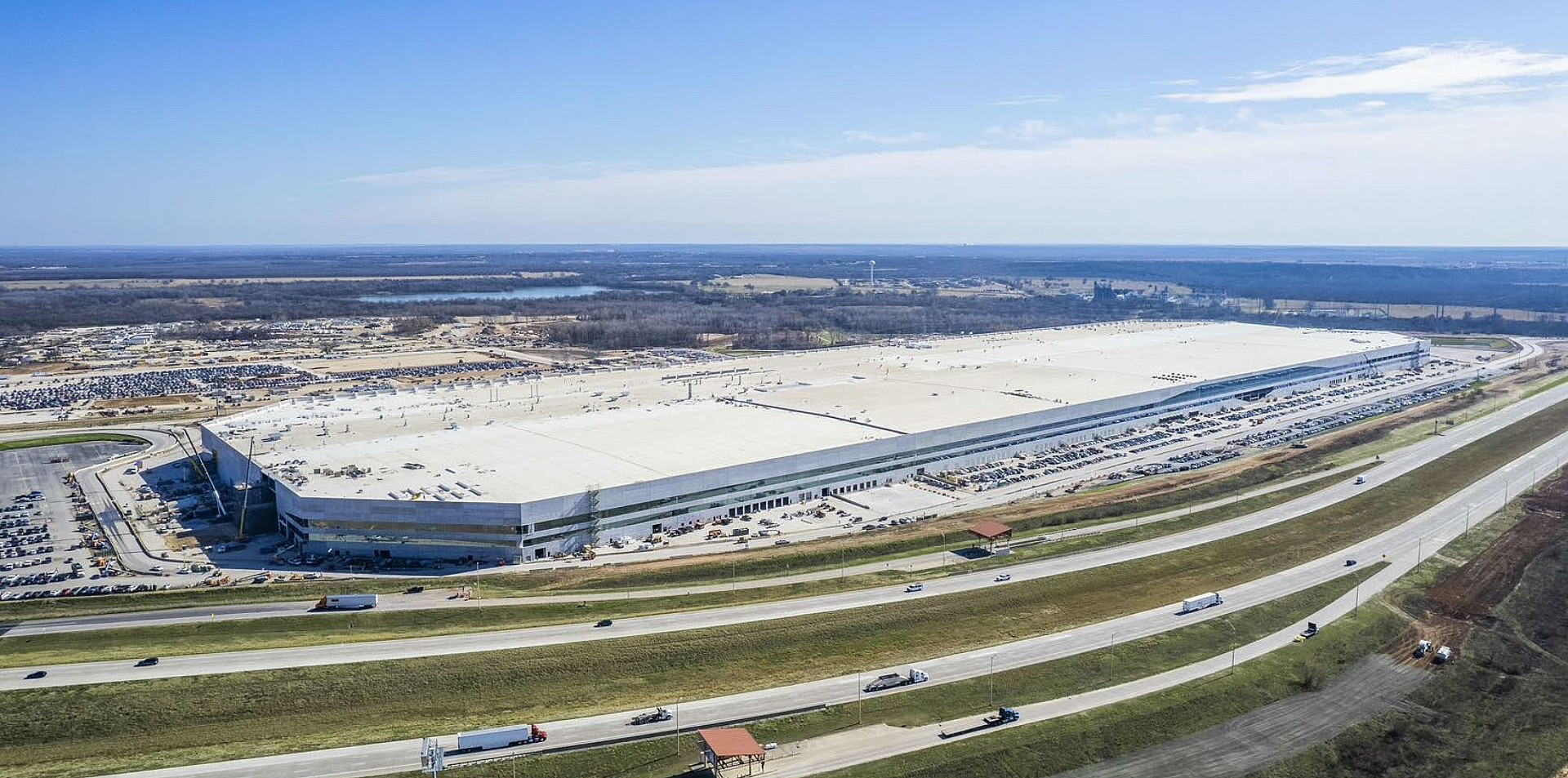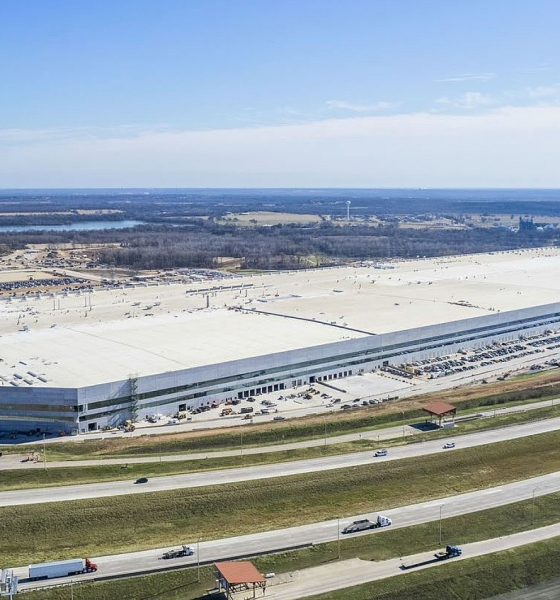Update: Elon Musk told Teslarati the expansion plans will accommodate Tesla Giga Texas’s “ecological paradise.” Headline and paragraphs have been revised and updated to reflect accuracy based on Musk’s details.
Ecological paradise plans from south portion of Giga Texas to river look great, however we must first get the factory financially on its feet
— Elon Musk (@elonmusk) September 21, 2022
Tesla has revised its application for Giga Texas to reveal a potential 500,000 square foot expansion of the automaker’s electric vehicle production factory located outside of Austin. Tesla added 12 acres to the site’s limits of construction, while adding 522,720 feet of space to the limit. CEO Elon Musk told Teslarati the expansion will accommodate the automaker’s plans for an “ecological paradise” at the factory.
Teslarati discovered Tesla has officially filed a revised application with the City of Austin’s Housing and Planning Department on September 20. The City noted that “[Tesla] is proposing Revision to previously approved Site Plan.”
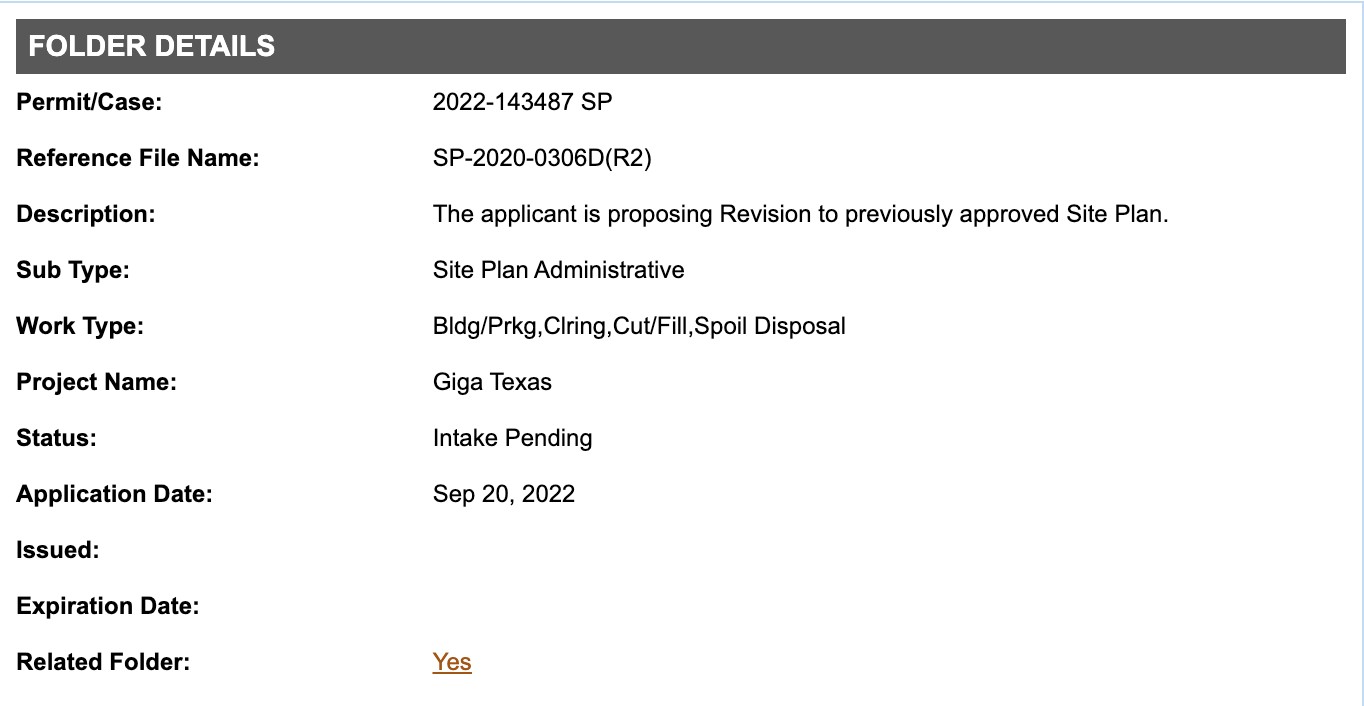
Credit: City of Austin
Upon inspection of the new filing and comparing it to the old filling, Tesla is proposing a change to the Giga Texas site plan by expanding the limits of construction. The acreage in the previous application was listed at 268. The new application lists it at 280.
Additionally, the square footage of the factory is set to expand by 500,000 square feet. The previous application lists the limits of square footage at 11,674,080. The revised application filed by Tesla yesterday pushes the square footage limit to 12,196,800.
Tesla’s original site plan for Gigafactory Texas (Credit: City of Austin) Tesla’s revised site plan for Gigafactory Texas (Credit: City of Austin)

Musk told Teslarati in a series of Tweets that the area from the South end of Giga Texas to the Colorado River “really will be next-level great & open to public!”
Area from south Giga to river really will be next-level great & open to public!
— Elon Musk (@elonmusk) September 21, 2022
Additionally, Musk told us the initial plans for a boardwalk are still a go for the long-term and will stretch to downtown Austin.
Long-term goal is a boardwalk with amenities that goes all the way to downtown Austin, so you can walk, bike or kayak
— Elon Musk (@elonmusk) September 21, 2022
Tesla says Gigafactory Texas covers over 250 acres of land and has over 10,000,000 square feet of factory floor, so the applications both line up with the company’s description of the factory on its website.
Gigafactory Texas currently builds 250,000 vehicles annually, according to Tesla’s most recent Shareholder Deck. However, the factory opened earlier this year and is not fully ramped. A few days ago, Tesla announced that the factory had built its 10,000th Model Y. Eventually, Gigafactory Texas is expected to build upwards of 500,000 vehicles annually.
Tesla has plans to produce the Cybertruck at Gigafactory Texas sometime next year. The vehicle had its design finalized earlier this year, Musk said.
This filing follows several other Gigafactory Texas expansion projects, which Tesla has planned for in the past year. In late June, Tesla filed to expand General Assembly 2 and General Assembly 3 by 500,000 square feet. Additionally, Tesla filed in mid-July to build on a 68.11-acre plot adjacent to the factory. It was listed as a “Production Support Area.”
The most recent development took place in mid-August when Tesla’s application to build a massive battery energy storage system (BESS) project at Gigafactory Texas was approved. The project is listed as a 53.27-acre land plot that will house Tesla Megapacks to support the energy grid by storing excess energy produced by solar panels.
While Tesla did file for an expansion of acreage and square footage, it doesn’t mean that it will expand the factory in the near future. Tesla could be preparing to give itself more real estate to work with in the future, especially if it plans to add even more elements to the Giga Texas campus.
I’d love to hear from you! If you have any comments, concerns, or questions, please email me at joey@teslarati.com. You can also reach me on Twitter @KlenderJoey, or if you have news tips, you can email us at tips@teslarati.com.

News
Tesla FSD approved for testing in Nacka, Sweden, though municipality note reveals aggravating detail
Nacka, Sweden, a municipality just a few miles from Stockholm, has given its approval for FSD tests.
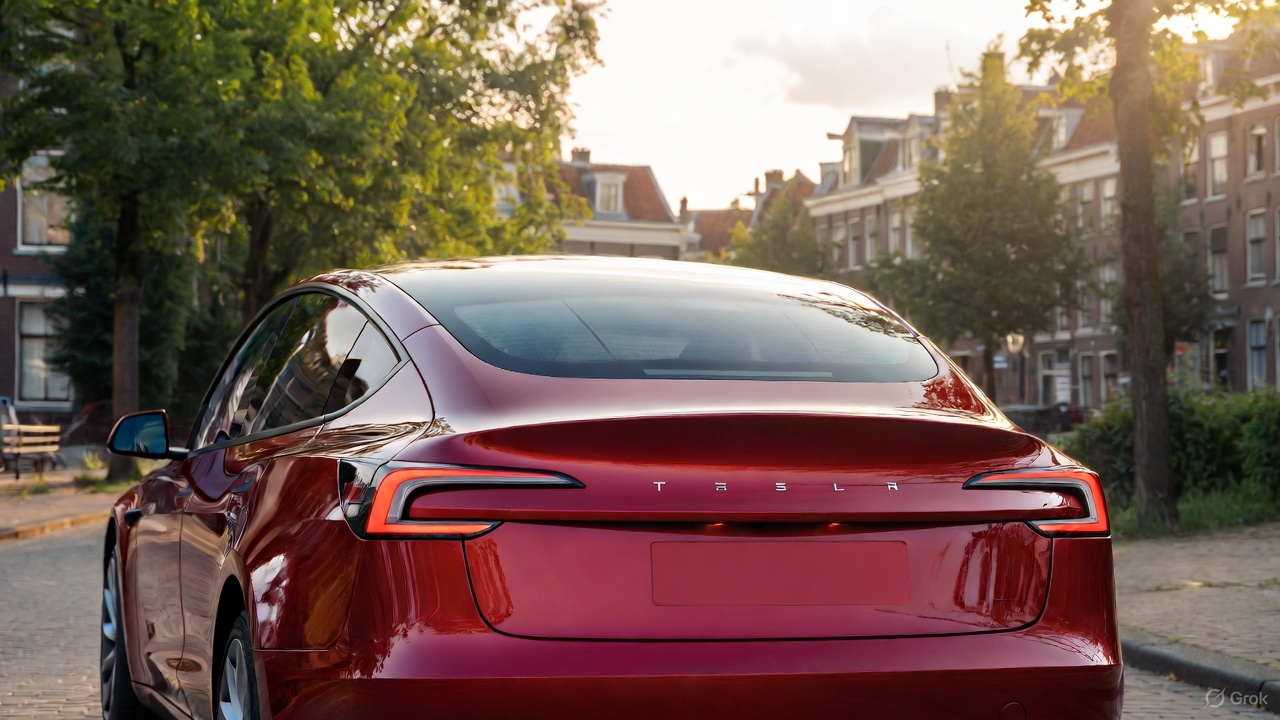
Tesla has secured approval for FSD testing in an urban environment in Sweden. As per recent reports from the Tesla community, Nacka, Sweden, a municipality just a few miles from Stockholm, has given its approval for FSD tests.
A look at the municipality’s note regarding FSD’s approval, however, reveals something quite aggravating.
FSD testing approval secured
As per Tesla watcher and longtime shareholder Alexander Kristensen, Nacka is governed by the Moderate Party. The shareholder also shared the municipality’s protocol notes regarding approval for FSD’s tests.
“It is good that Nacka can be a place for test-driving self-driving cars. This is future technology that can both facilitate mobility and make transportation cheaper and more environmentally friendly,” the note read.
The update was received positively by the Tesla community on social media, as it suggests that the electric vehicle maker is making some legitimate headway in releasing FSD into the region. Sweden has been particularly challenging as well, so securing approval in Nacka is a notable milestone for the company’s efforts.
Aggravating details
A look at the notes from Nacka shows that FSD’s proposed tests still met some opposition from some officials. But while some critics might typically point to safety issues as their reasons for rejecting FSD, those who opposed the system in Nacka openly cited Tesla’s conflict with trade union IF Metall in their arguments. Fortunately, Nacka officials ultimately decided in Tesla’s favor as the company’s issues with the country’s unions are a completely different matter.
“The left-wing opposition (S, Nackalistan, MP and V) voted no to this, referring to the fact that the applicant company Tesla is involved in a labor market conflict and does not want to sign a collective agreement. We believe that this is not an acceptable reason for the municipality to use its authority to interfere in a labor law conflict.
“Signing a collective agreement is not an obligation, and the company has not committed any crime. The municipality should contribute to technological development and progress, not work against the future,” the note read.
News
Tesla Model 3 and Model Y named top car buys in Norway
Despite growing competition from European and Korean brands, both models stood out for their balance of price, performance, and everyday usability.
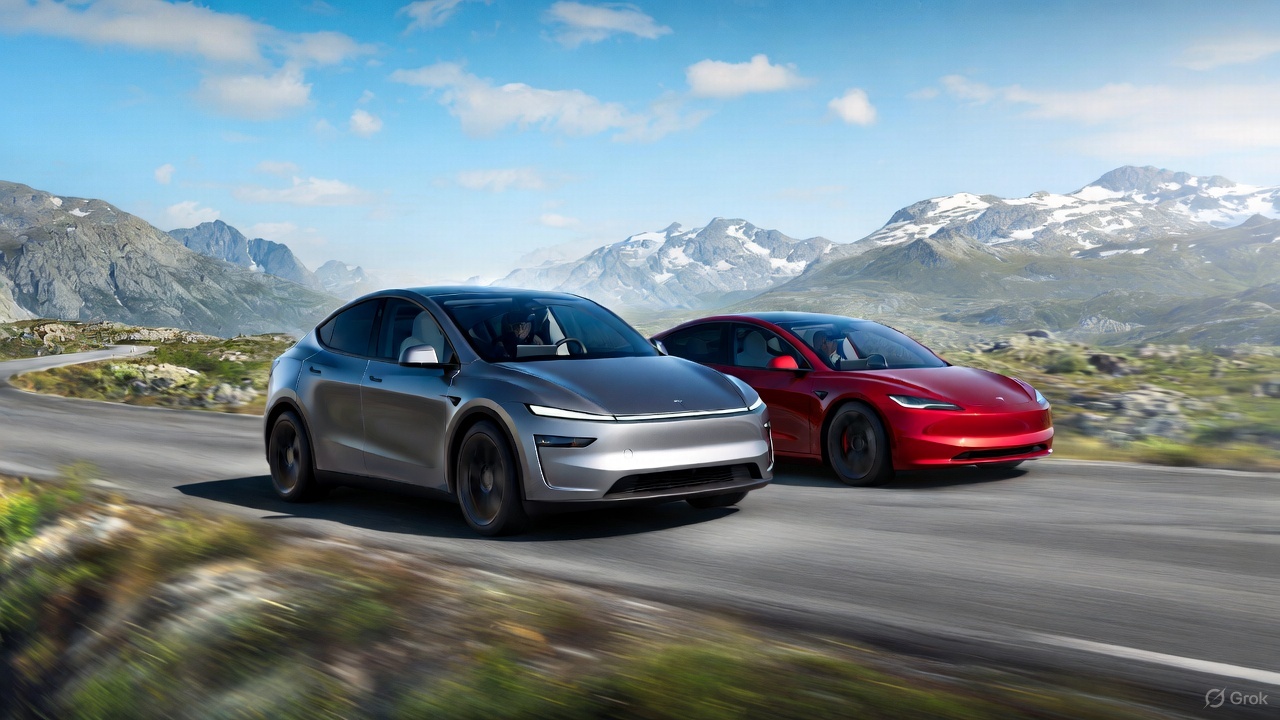
Norway’s annual roundup of the best car purchases featured Tesla’s two main sellers this year, with the Model 3 and Model Y securing top positions in their respective segments.
Despite growing competition from European and Korean brands, both models stood out for their balance of price, performance, and everyday usability. The verdict comes as electric vehicle adoption remained above 95% of new vehicle sales in the country.
Tesla Model 3 strengthens its value position
Among compact EVs, the Tesla Model 3 maintained its position as the best overall buy thanks to its strong blend of performance, efficiency, and updated features. Reviewers noted that every trim offered compelling value, especially with the all-electric sedan’s improved cabin ergonomics and the return of the turn-signal stalk, which was one of the few previous complaints among drivers.
The Model 3’s mix of long-range capability, low operating costs, and responsive handling has continued to set the benchmark for compact EVs in Norway. While competitors from Hyundai, Volkswagen, and Peugeot have narrowed the gap, Tesla’s price-to-capability ratio has remained difficult to beat in this segment, Motor.no reported.
“The Model 3 clearly offers the best value for money in the compact class, no matter which version you choose. Now it also gets the turn signal lever back. This eliminates one of the few flaws in a driving environment that many believe is the best on the market,” the publication wrote.
Tesla Model Y claims its crown
The Tesla Model Y emerged as Norway’s top family-car purchase this year. The latest refresh introduced improvements in ride quality, styling, and interior materials, allowing the Model Y to deliver a more premium driving experience without a substantial price increase.
Reviewers praised its spacious cabin, strong safety profile, and practical range, all of which reinforced its appeal for families needing an all-purpose electric crossover. The Model Y remains especially notable given its continued popularity in Norway even as Tesla faces declining sales in other global markets.
“The Model Y is back as the winner in the family class. The upgrade in the new year was even more extensive than expected. It is a slightly more elegant and significantly more comfortable Model Y that solidifies its position as Norway’s best car purchase in the most important class,” the Norwegian motoring publication noted.
News
Tesla Giga Berlin is still ramping production to meet Model Y demand: plant manager
Tesla Gigafactory Berlin has expanded to two full shifts, as per the facility’s plant manager, and a lot of it is due to Model Y demand.
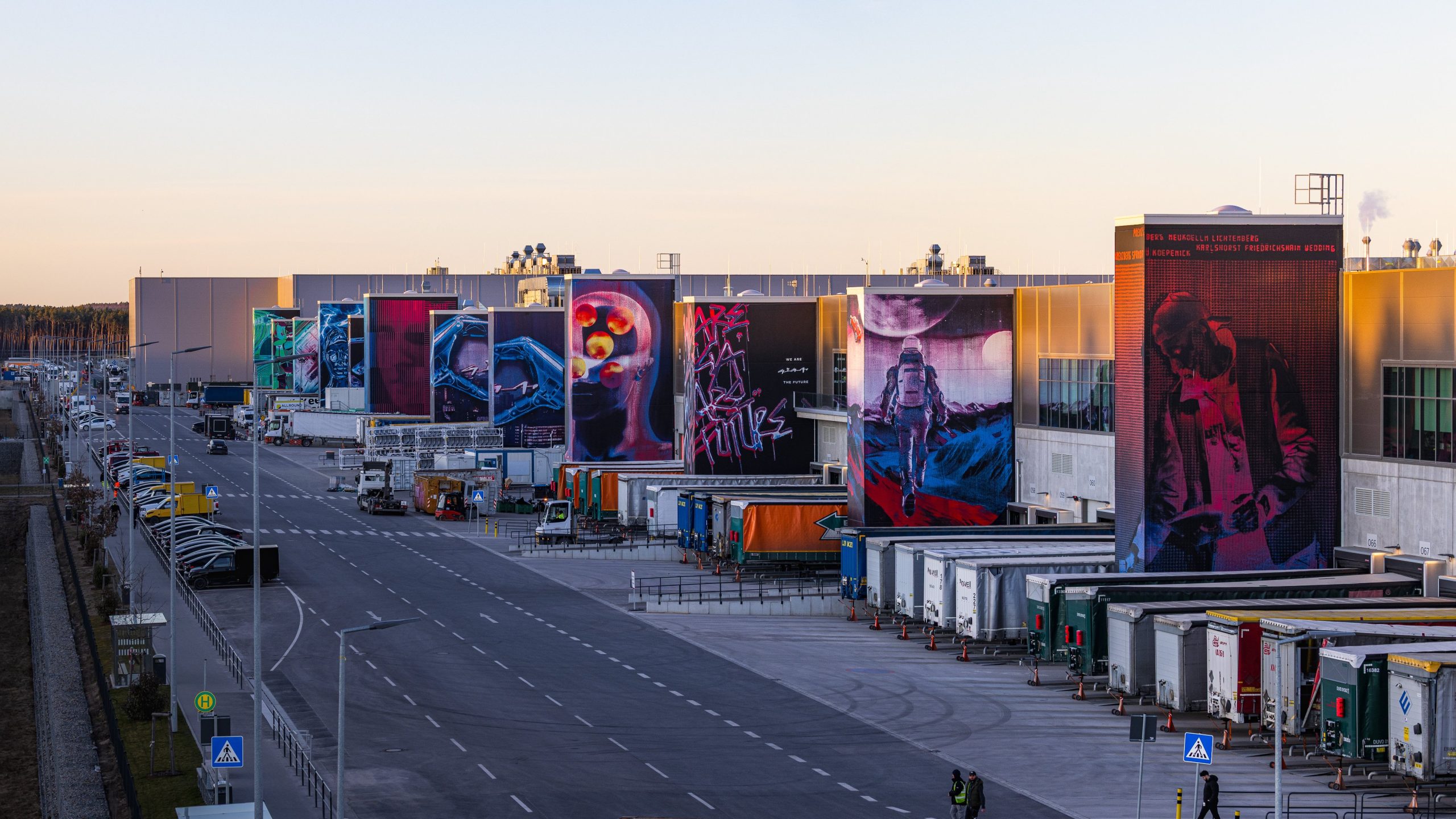
Tesla Gigafactory Berlin has expanded to two full shifts, as per the facility’s plant manager, and a lot of it is due to Model Y demand. While registrations in some countries such as Sweden have fallen sharply this year, the company’s sales in other key territories have been rising.
Giga Berlin shifts to two shifts
Giga Berlin factory manager André Thierig told the DPA that the facility has been running two shifts since September to manage a surge in global orders. And due to the tariff dispute with the United States, vehicles that are produced at Giga Berlin are now being exported to Canada.
“We deliver to well over 30 markets and definitely see a positive trend there,” Thierig said.
Despite Giga Berlin now having two shifts, the facility’s production still needs to ramp up more. This is partly due to the addition of the Tesla Model Y Performance and Standard, which are also being produced in the Grunheide-based factory. Interestingly enough, Giga Berlin still only produces the Model Y, unlike other factories like Gigafactory Texas, the Fremont Factory, and Gigafactory Shanghai, which produce more than one type of vehicle.
Norway’s momentum
Norway, facing an imminent tax increase on cars, has seen a historic spike in Tesla purchases as buyers rush to secure deliveries before the change takes effect, as noted in a CarUp report. As per recent reports, Tesla has broken Norway’s all-time annual sales record this month, beating Volkswagen’s record that has stood since 2016.
What is rather remarkable is the fact that Tesla was able to achieve so much in Norway with one hand practically tied behind its back. This is because the company’s biggest sales draw, FSD, remains unavailable in the country. Fortunately, Tesla is currently hard at work attempting to get FSD approved for Europe, a notable milestone that should spur even more vehicle sales in the region.
